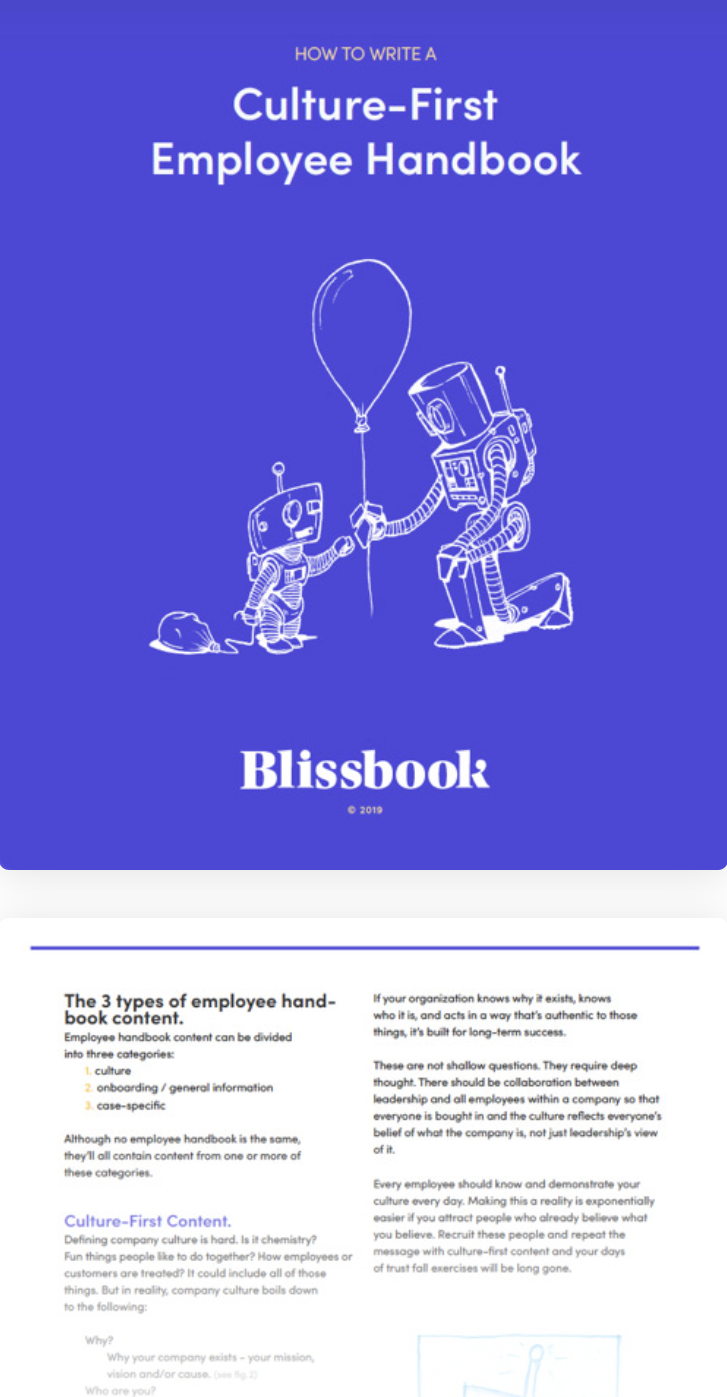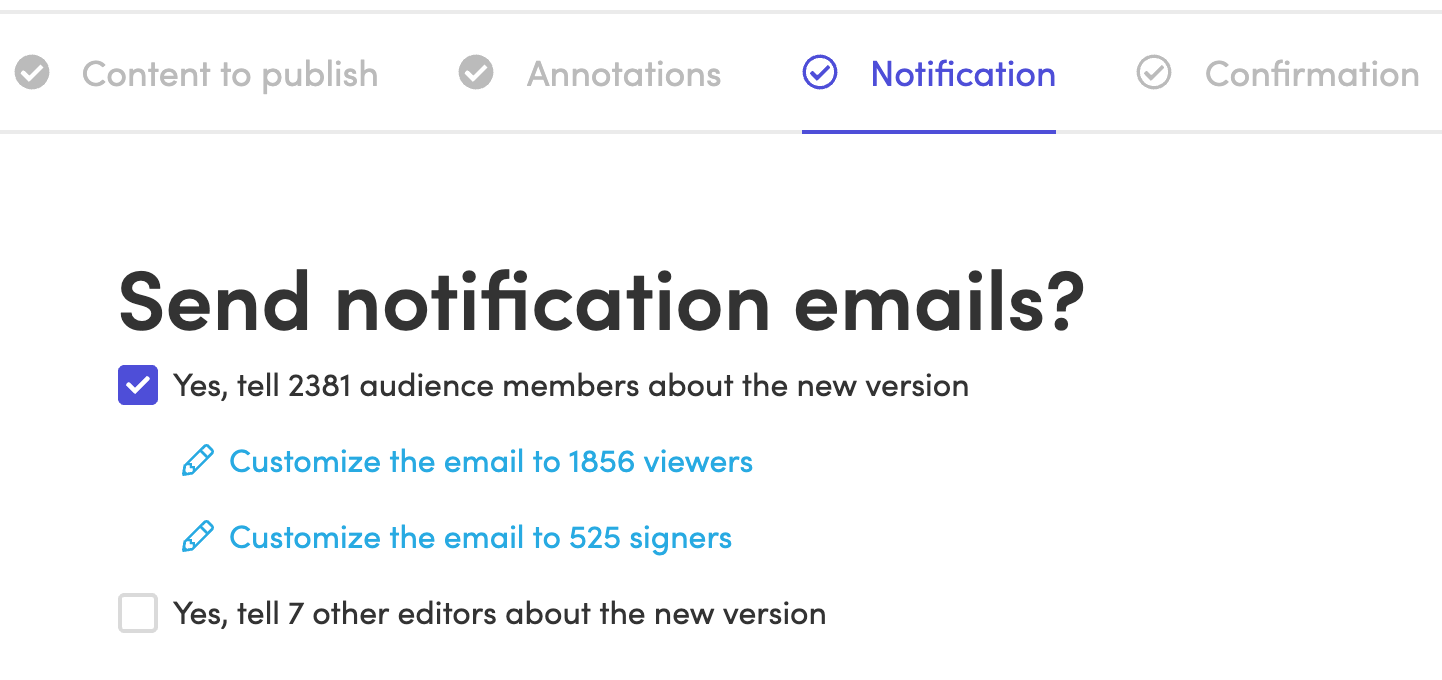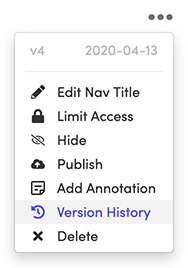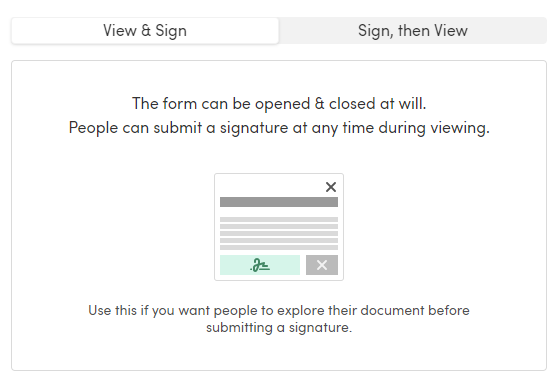How to Distribute an Employee Handbook
An employee handbook is vital for communicating your company’s policies, culture, and expectations. It not only helps new employees get acquainted with your organization but also acts as a go-to resource for all staff members regarding rules and procedures. The challenge doesn’t stop at creating a detailed handbook; it extends to making sure everyone gets a copy and understands its contents.
Distributing an employee handbook effectively is key to setting the tone for a productive and unified workplace. This article will guide you through the best practices for sharing your employee handbook, ensuring it reaches every employee and is understood by them. We’ll discuss how proper distribution of your employee handbook can enhance operational efficiency and employee morale. We will cover a range of methods to distribute your handbook, from digital platforms to direct handouts, providing you with practical steps to ensure widespread accessibility. Whether you are rolling out a new handbook or updating an existing one, our goal is to help you execute a seamless distribution process.
Why is Effective Distribution Important?
Effective distribution of an employee handbook is not just about handing out a document; it’s about ensuring every team member understands their role, rights, and the values that drive the company. Here are some main reasons why getting this process right matters:
Understanding
It’s important that employees know what’s expected of them and what they can expect from the company. A well-distributed handbook makes sure employees are aware of their rights and responsibilities, setting the stage for a productive work environment.
Legal Protection
Sharing your handbook effectively shows you’ve done your part in communicating company policies. This can be vital in protecting your business against legal claims, showing you’ve clearly outlined rights, responsibilities, and procedures. Here are the most common policies to include for better protection:
- At-Will Employment Policy
- Equal Employment Opportunity / Non-Discrimination Policy
- Anti-Harassment and Bullying Policies
- Policies on Drug, Alcohol, and a Smoke-Free Workplace
- Time Off and Leave Policies
- Benefits and Compensation Policies
- Office Life and Business Conduct Policies
- Separation Procedures
Trust
Clear and open communication through your handbook builds trust. When employees see that their employer is transparent about policies and expectations, it strengthens their trust in the organization.

Company Culture
Proper distribution ensures that everyone is aligned with the company’s values and culture. This unity is essential for maintaining a harmonious and integrated work atmosphere.
This is detailed in our How To Write a Culture-First Employee Handbook eBook, while you can check out some resources and sample handbooks in this article.
Feedback Loop
When employees understand the handbook, they’re better positioned to offer valuable feedback on policies. This feedback loop can lead to improvements and updates that keep the handbook relevant and effective.
In short, effectively distributing your employee handbook is about more than just compliance; it’s a foundational step in building an informed, legally protected, trusting, and cohesive company culture.
Prepare for Distribution
Before you distribute your employee handbook, it’s important to make sure it’s ready to go out. Here’s how you can prepare for distribution:
Update Content
If this is not the first time you are sharing your employee handbook, make sure it is up to date and follows current laws. Laws and regulations change, as well as company policies and processes, so it’s crucial your handbook reflects these changes to remain compliant.
Internal Review
Have your HR team review the handbook for clarity and consistency. This step ensures that the information is easy to understand and doesn’t contradict itself. It’s important that everyone reading the handbook can easily grasp the policies and procedures.
Involving your IT department is also important, especially for sections like the acceptable use of company technology. If you opt for a digital handbook, they can offer valuable advice on selecting a platform that meets security standards, such as SOC 2 compliance, ensuring your digital distribution is secure and efficient.
Additionally, your marketing or communications team should have a say in the handbook’s creation. Their expertise in crafting messages can transform complex legal jargon into clear, accessible language. They’re also fundamental to maintaining a consistent brand voice and visual style throughout the handbook. This approach ensures the handbook embodies your company’s culture and identity, making it a true representation of your organization.
Legal Approval
Finally, get a legal expert to review the handbook. This is a critical step to ensure all the content is legally sound and your company is protected.
Taking these steps before distribution can significantly enhance the effectiveness of your employee handbook.
Digital vs. Print Distribution
When it comes to distributing your employee handbook, choosing the right method is critical for ensuring that all employees have easy and reliable access to this important document. Both digital and print distributions offer unique benefits and challenges, and understanding these can help you make an informed decision that best suits your organization’s needs and your employees’ preferences.
Digital Handbooks
Pros
- Easy to Update: When policies change, updating a digital handbook is quick and doesn’t require new print runs or working with the marketing team to update a PDF. This ensures your handbook always contains the most current information. Blissbook takes this up a notch with our annotations feature where organizations can communicate policy and other content changes directly within their handbook, while employees are reading it.

- Searchable: Digital handbooks allow employees to use search functions to find specific information quickly, saving time and frustration.
- Accessible: A digital version can be accessed on various devices, such as smartphones and laptops, making it convenient for employees, especially those working remotely.
- Interactive Elements: You can enrich a digital handbook with links, videos, and other multimedia elements, making the content more engaging and helpful. In Blissbook, Read More buttons allow you to offer a general overview of your policy, concealing the detailed information within a section that can be expanded.
Cons
- Tech Barriers: Not all employees may be comfortable with digital technology which could limit access for some.
- Overlooked Updates: Employees might miss updates if they’re not properly notified, leading to information gaps. This is why Blissbook makes it easy to notify employees of handbook updates.

While digital distribution has clear benefits in terms of accessibility and engagement, it’s important to address the potential downsides through careful planning and communication strategies to ensure that all employees benefit from the handbook.
Printed Handbooks
Pros
- Tangible: Many individuals find value in having a physical copy of the handbook for easy reference or to make notes in the margins, enhancing their engagement with the material. If you want a digital handbook while maintaining its tangibility, Blissbook offers A Better Print Experience for Digital Handbooks.
- No Tech Required: Accessing information doesn’t depend on having a digital device or an internet connection, making the handbook universally accessible to all employees.
- Less Overwhelming: Print media can be less distracting than digital formats, offering a more focused reading experience without the interruptions common to digital devices.
Cons
- Difficult to Update: Updating content in a print handbook necessitates reprinting and redistributing the updated versions, making it a time-consuming and costly process. It inevitably leads to the document not being updated, which opens up organizations for significant legal risks.
- Difficult to Access: Physical handbooks are difficult for a tech-oriented, distributed workforce to access. Even a “PDF on a server” can be hard to find as it’s just another document mixed in with all the other documents your company stores.
- Environmental Concern: The production of physical handbooks requires paper, contributing to environmental impact through resource consumption and waste generation.
While print distribution offers the benefit of simplicity without the need for technology, its drawbacks — particularly in terms of ease of updates and accessibility — make it important to weigh these factors carefully against your company’s values and operational capabilities.
Steps to Distribute an Employee Handbook Effectively
To get your employee handbook into the hands of your team and make sure they really use it, you need a solid plan. It’s all about making it easy for everyone to access, understand, and reference the handbook, no matter how they prefer to get their information. Here are the essential steps to take, starting with spreading the word and going all the way to keeping backup copies for the future:
1. Announce the Release: Kickstart the process by informing everyone about the new handbook. This can be done through a company-wide email or by organizing a meeting. The announcement should highlight the importance of the handbook and encourage everyone to read it.
2. Host Orientation Sessions: Organize sessions to walk through the handbook’s key sections. This allows you to highlight important policies and procedures, and also provides a platform for employees to ask questions and get immediate answers. It’s an effective way to ensure that everyone understands the content.
3. Make it Accessible Online: Upload the handbook to easily accessible digital platforms, such as the company intranet, shared drives, HR software or using digital handbook software like Blissbook. This ensures that employees can access the handbook from anywhere, at any time.
4. Keep Backup Copies: Maintain an archive of old handbook versions. This is important for legal reasons and helps track changes and updates over time. The great thing about Blissbook is the elimination of version confusion. When you host your handbook online, it automatically updates to the latest version. This way, employees don’t have to wonder which file to open or worry about whether they’re reading the most current policies. Blissbook also manages version tracking, so you don’t have to manually mark your handbook with the year or any other label. Employees will always access the latest content available and will see a list of previous versions.

By following these steps, you ensure that the handbook is not just distributed but also read, understood, and integrated into your company culture, thereby maximizing its effectiveness.
Acknowledgement of Receipt
Ensuring employees sign an acknowledgment form when they receive their handbook is crucial. This form confirms they have received, read, and understood the contents of the handbook. It’s a major step in making sure everyone is on the same page regarding company policies and procedures. Although the law does not require employees to sign or acknowledge the handbook, doing so is widely regarded as a best practice because it greatly lowers risks for employers. This documentation becomes extremely valuable in cases of legal disputes, disciplinary procedures, and inspections.
Once you’ve collected these forms, it’s important to store them securely. Keeping signed acknowledgment forms in a safe place ensures you have a record of compliance and understanding from your workforce. This can be vital for legal protection and for maintaining an organized record-keeping system.
For digital handbooks, collecting signatures might seem challenging, but many online platforms offer simple solutions. These platforms allow employees to sign electronically, making it easy to gather acknowledgments without the need for physical paperwork.
This is another particular area Blissbook shines in. We offer two methods for gathering signatures: (1) employees can read the handbook and sign it once they feel prepared, or (2) they can sign immediately and review the handbook content afterward.

Blissbook’s documentation center also assists you in answering three important questions regarding your employees’ interactions with your policies. These are questions a third party (auditors, lawyers doing discovery) would want answers to:
- Was an employee informed about your policies?
- Did the employee view them?
- Did they sign their acknowledgment form?
You can also set up automated reminders to send to employees who haven’t yet signed, ensuring everyone completes their acknowledgment in a timely manner. This feature not only simplifies the process but also helps keep your compliance records up-to-date without manual follow-up.
Final Thoughts
In summary, distributing an employee handbook effectively is crucial for ensuring that your team is informed, engaged, and aligned with your company’s policies and culture. We’ve discussed the importance of making your handbook accessible through both digital and print formats, the benefits of having employees acknowledge receipt, and the necessity of regular updates to keep the content current and compliant.
Now, it’s your turn to put these tips into action and start creating or updating your employee handbooks. Consider using Blissbook for a seamless experience in distributing digital employee handbooks. Blissbook simplifies the process of designing, updating, and sharing your handbook, making it accessible and engaging for your employees.
We encourage businesses to take advantage of Blissbook’s capabilities. Design and update your employee handbooks with ease, ensuring they reflect your company’s values and compliance needs.